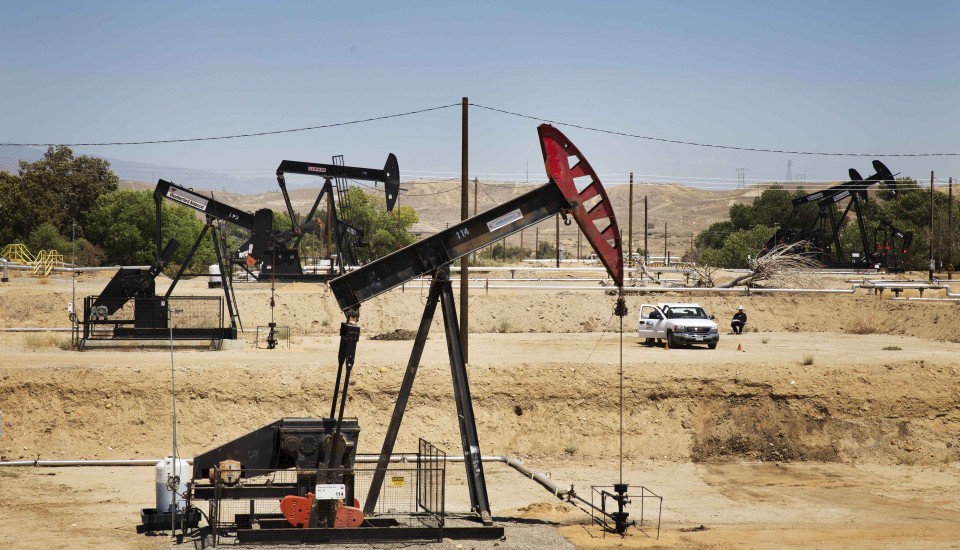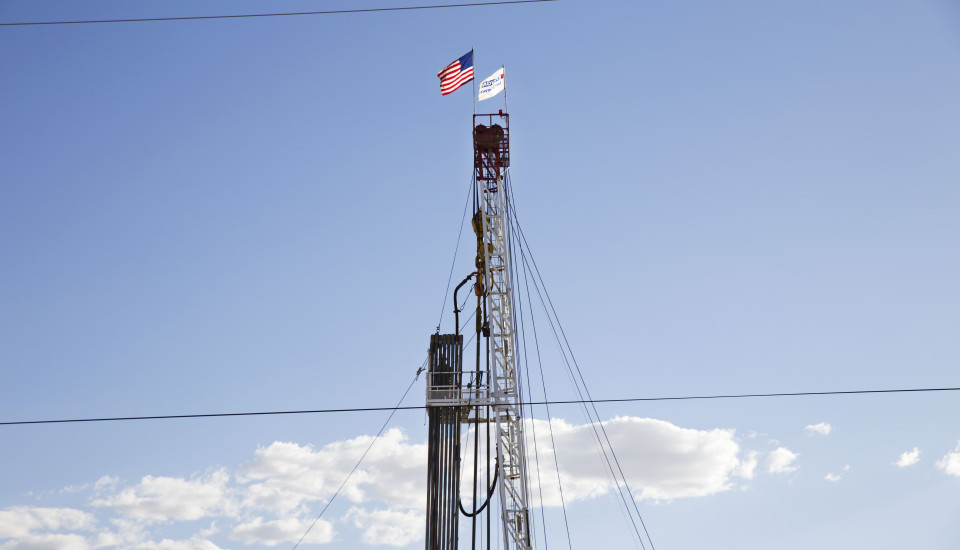Whether or not a ban on fracking is favored by the American people is still up for debate after reviewing this year’s election season. The races were evenly split across the nation: four won fracking bans, four lost. But there is one thing that has emerged clear as crystal: grassroots groups are claiming victories in the face of millions of powerful industry money stacked against them.
Let’s look at the numbers. Residents looking to ban fracking in Denton, TX – the birthplace of fracking — were outspent 10 to 1, but garnered 58% of the vote. In San Benito, CA those opposed to fracking and other intensive oil production methods were outspent 13 to 1 but claimed 57% of votes. Mendocino, CA and Athens, OH tipped the scales with 67% and 78%, respectively, of voters saying yes to a ban.
So, how did these counties and cities succeed despite being outspent? And what does this tell us about the industry hold on our community rights and way of life?
For one thing, I think there is a bit of apprehension – even fear – running amok in oil industry circles. Since state and federal legislation has failed to tackle the issue, local communities around the U.S. are fighting fracking on a county-by-county basis (or city-by-city). And in some cases, communities are succeeding (with pocketbooks the size of your pinky).
These victories don’t make much of a dent in terms of overall oil production this year (which has soared to a 25-year high), but proponents of a ban see the victories as a kind of test run, showing other communities that it is possible to achieve the seemingly impossible.
The debate seems to be mostly divided between money (jobs, revenues, mineral right royalties) and our health (the risk to communities, increased social impacts, and environmental pollution). And the health argument is gaining traction. More and more studies are stacking up against industry dollars – showing that the process has indeed contaminated water and polluted the air.
But more studies don’t guarantee a ban. And for the places that didn’t beat the industry, spending hit record highs.

The highest spending took place in the environmentally forward, but ironically oil-infused California (a top leader on renewable production but also the third highest oil producing state). Overall, the oil and gas industry spent over $7.5 million, with the majority of that — $6.4 million — dumped in Santa Barbara County to defeat Measure P. The measure bans all “high-intensity” petroleum operations (which include fracking, acid stimulation, and cyclic steaming) in unincorporated areas of the county.
The Santa Barbara ban was, somewhat predictably, defeated; the grassroots group was outspent 21 to 1 (more money was spent defeating this measure than any California congressional race this year). Other places that lost in the U.S. include three towns in Ohio: Gates Mills, Kent, and Youngstown, where spending was high. (Youngstown proponents only spent $3,000. Compare that to $70,000 spent by one opponent.)
From a bird’s eye view, it seems that the higher the spending, the harder it is to take on the industry, and win. But spending isn’t the only reason that can explain the outcomes. In California, San Benito (who passed a ban) was wildly outspent, but the county has almost no oil production. Same with Mendocino. In the case of Santa Barbara (whose measure didn’t pass), most — if not all — of the oil production uses cyclic steaming and has only had a few fracked wells. Cyclic steaming was included in their ban.
Denton, Texas is another story. The town is on the edge of the Barnett Shale and 275 wells have been fracked next door to homes, on church property, and on the campus of the University of North Texas. Denton is probably the most fracked place in the U.S., so a ban is a pretty big deal. (Fracking was even invented in the Lone Star State.)
Since a lot of the measures passed without much at stake for the oil industry (excusing Denton), most of these measures get credit for their symbolism rather than practicality. But who knows. Maybe the spending discrepancy and symbolic outcomes strengthens the resolve of those who value clean water and air over more jobs and revenue.
Whatever the reason, it is clear that fracking has emerged as the climate issue of the year — and will continue to be the center of a much larger debate on how the nation will deal with and create solutions to curb our emissions and head off the worst impacts of climate change.
Tell others about this
Faces of Fracking is a multimedia project telling the stories of people on the front lines of fracking in California.
